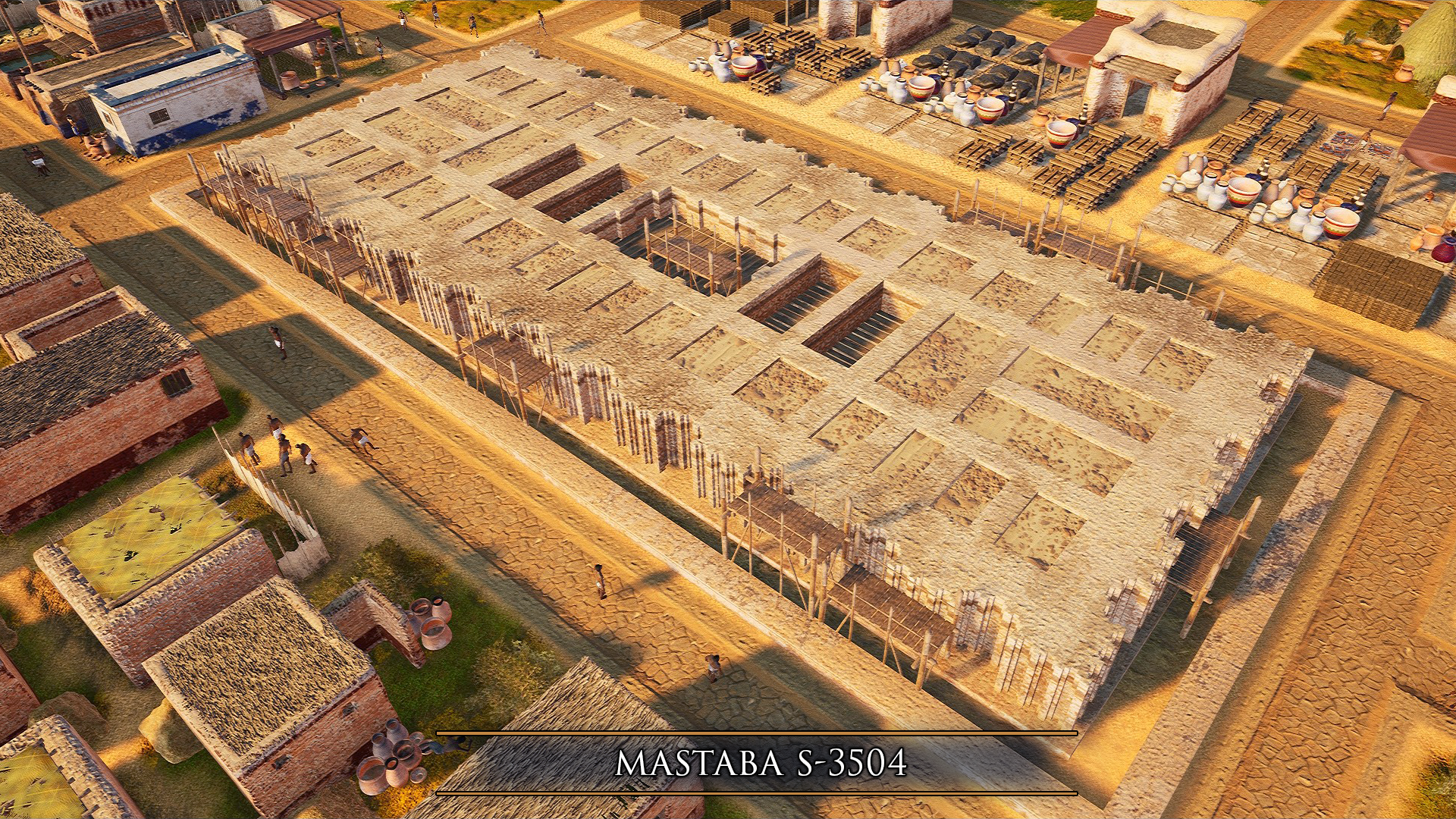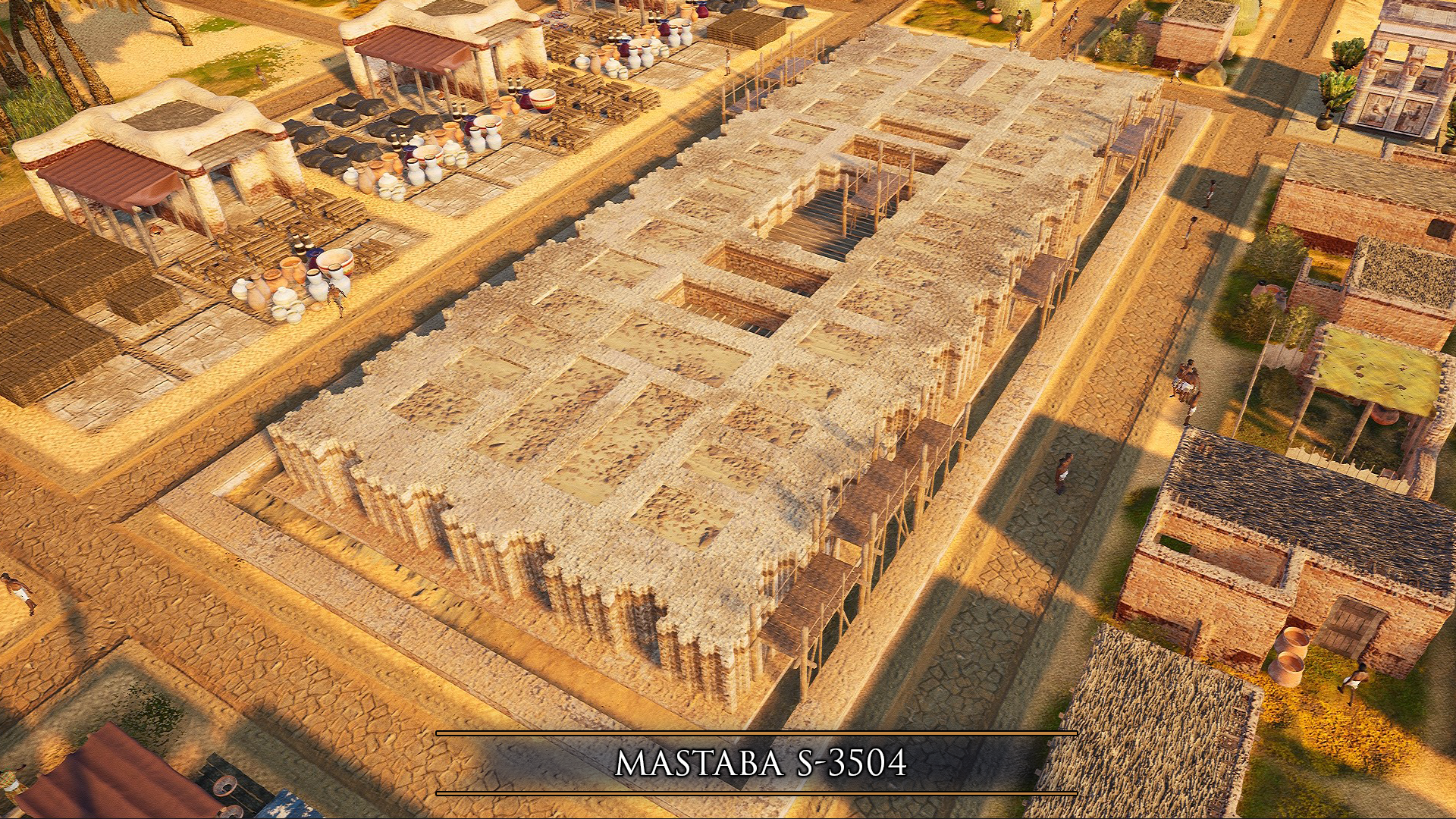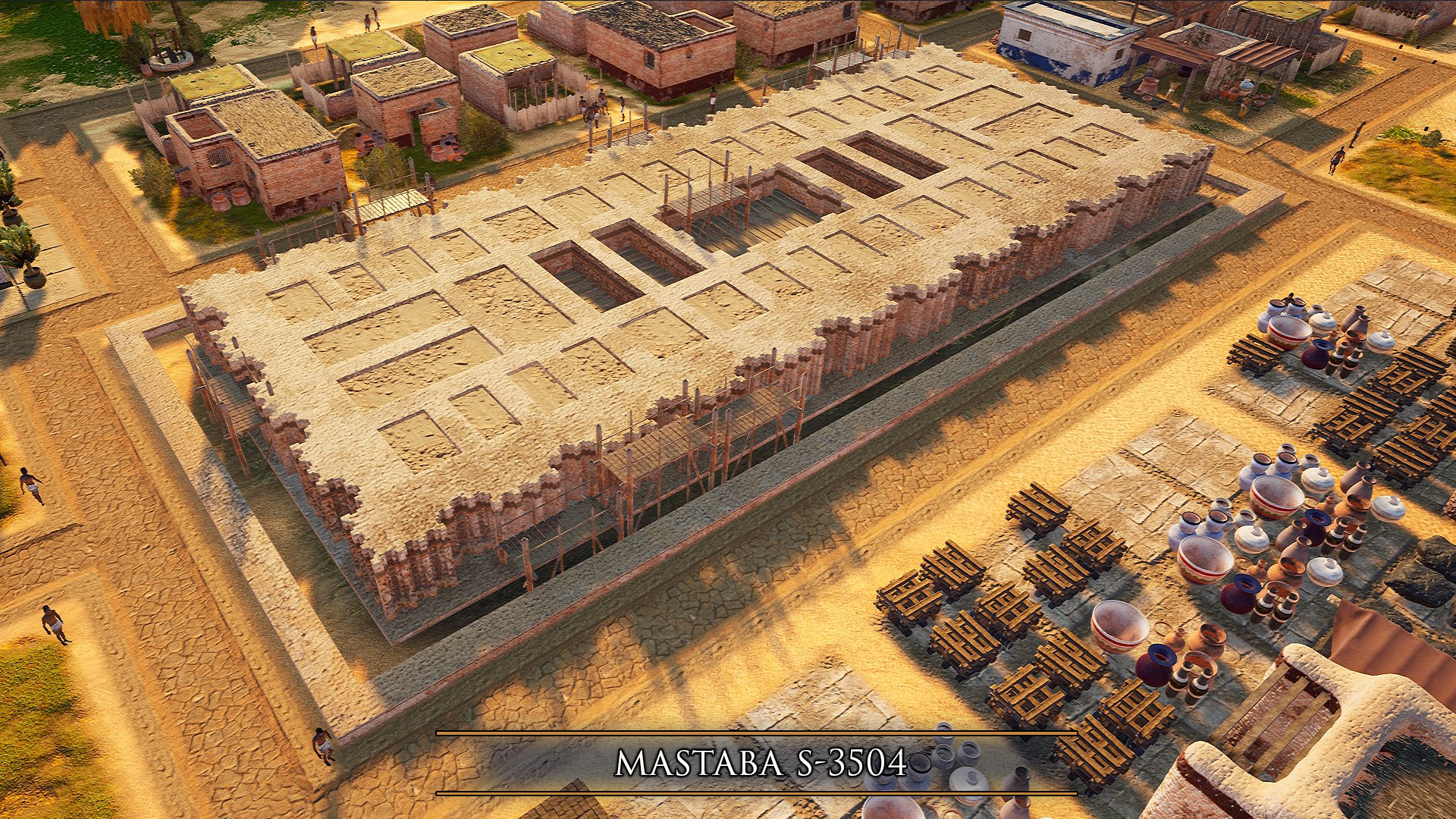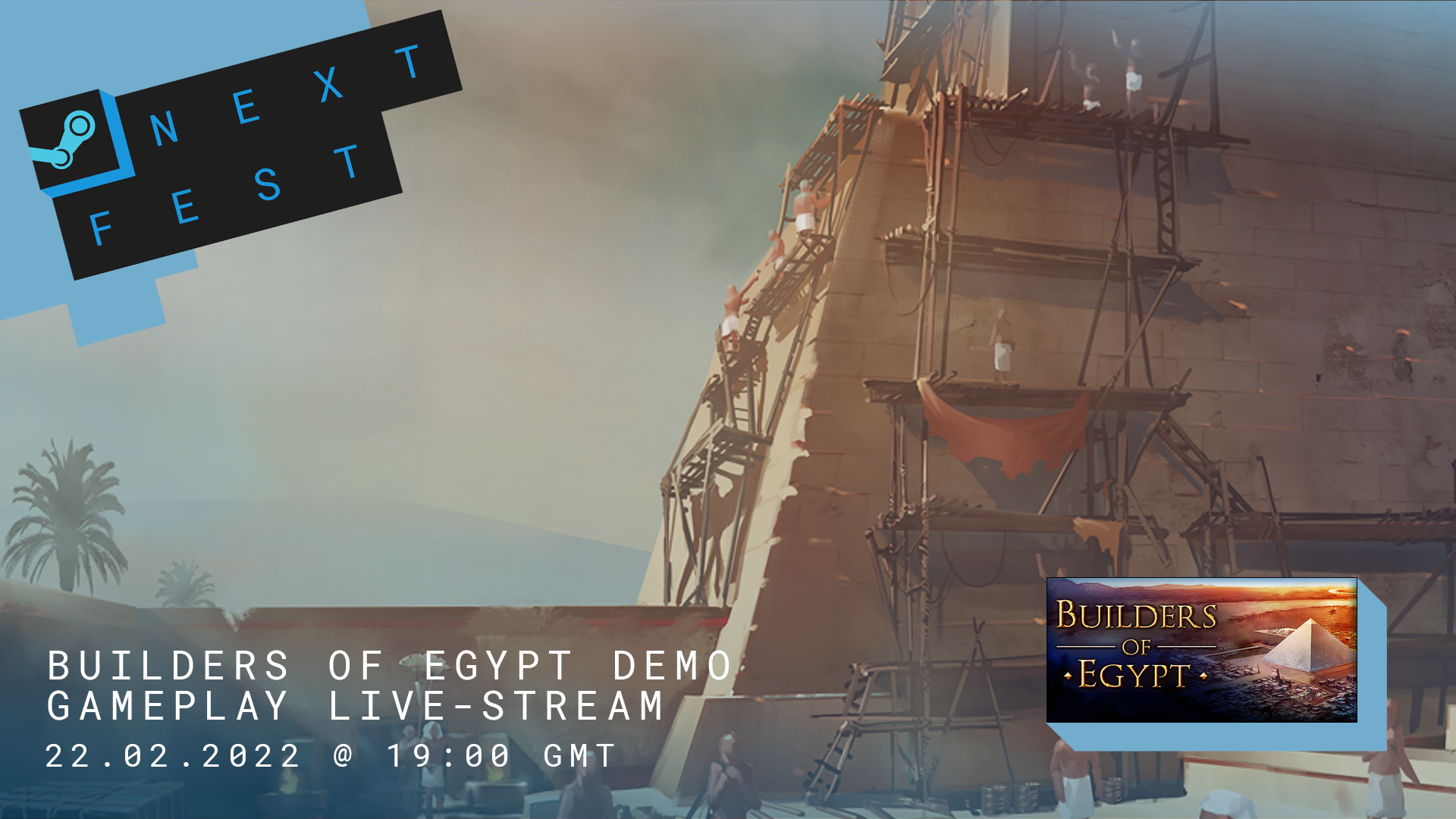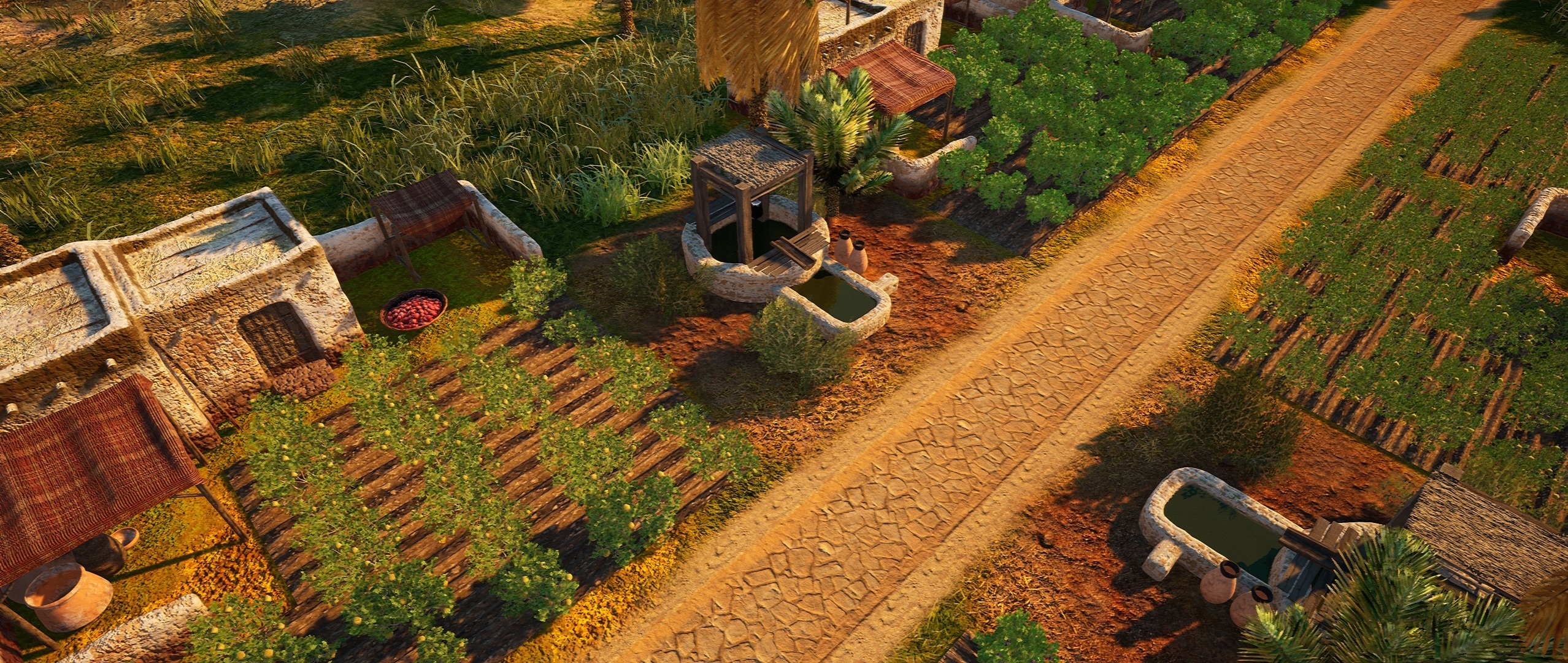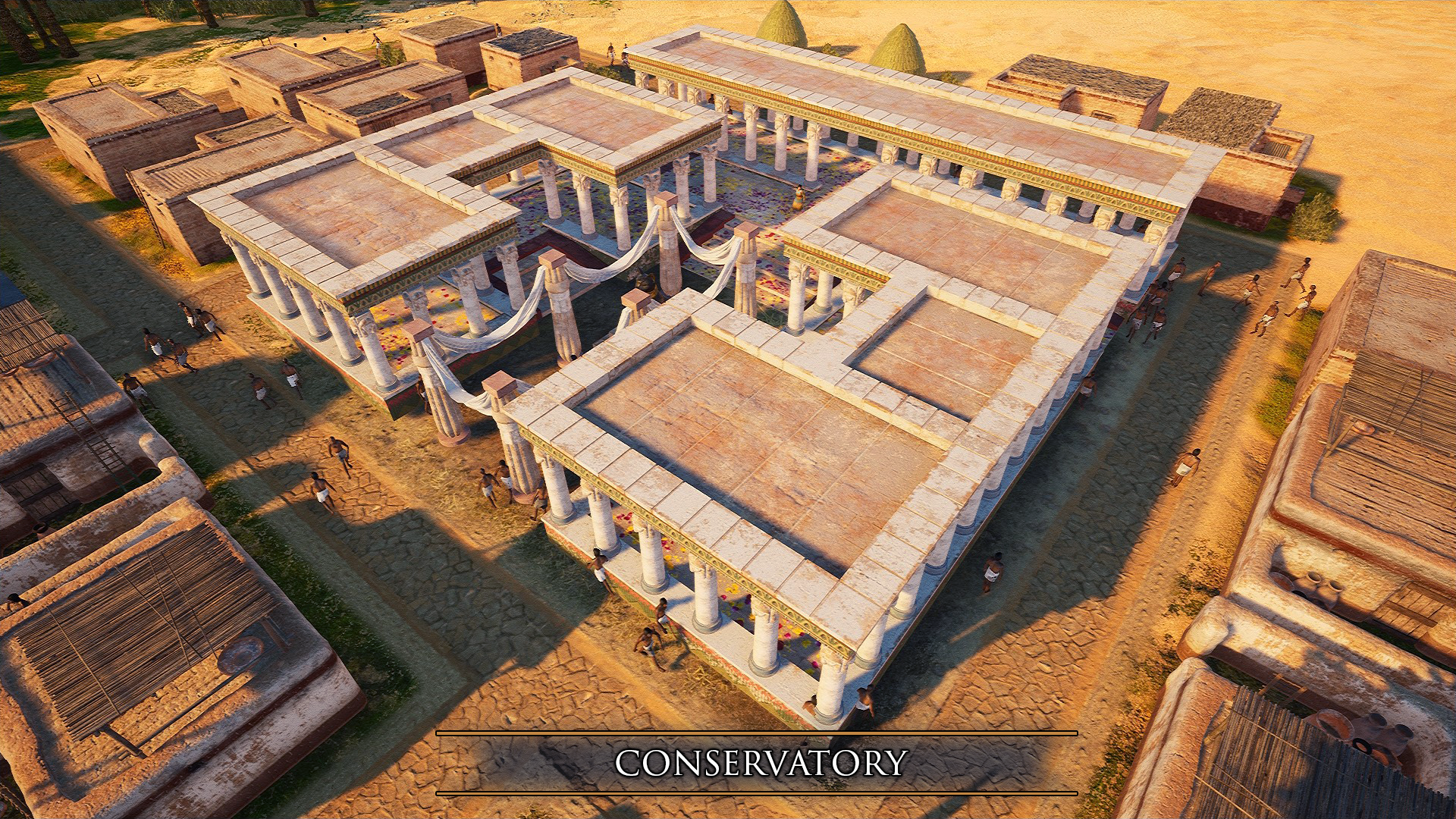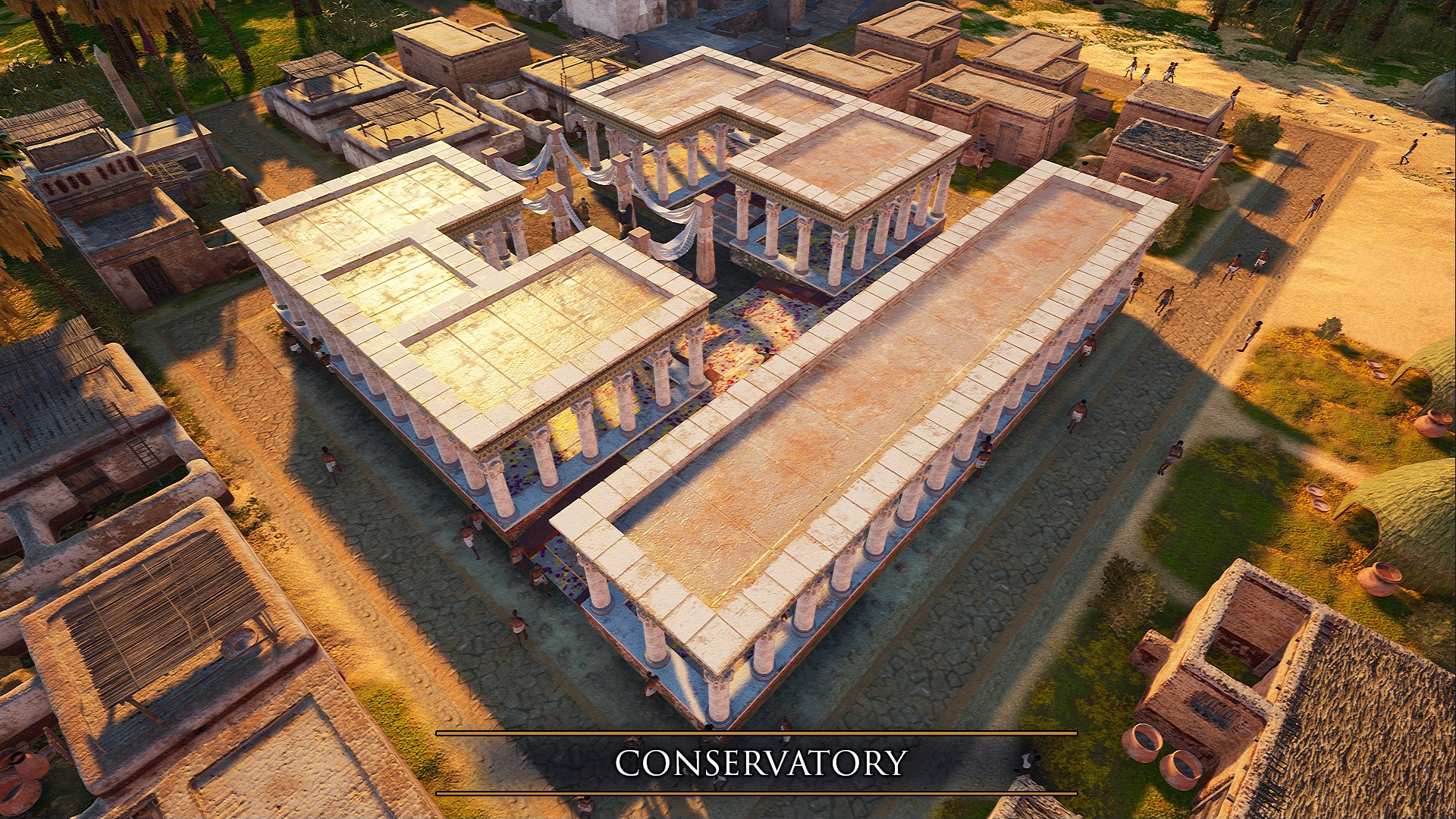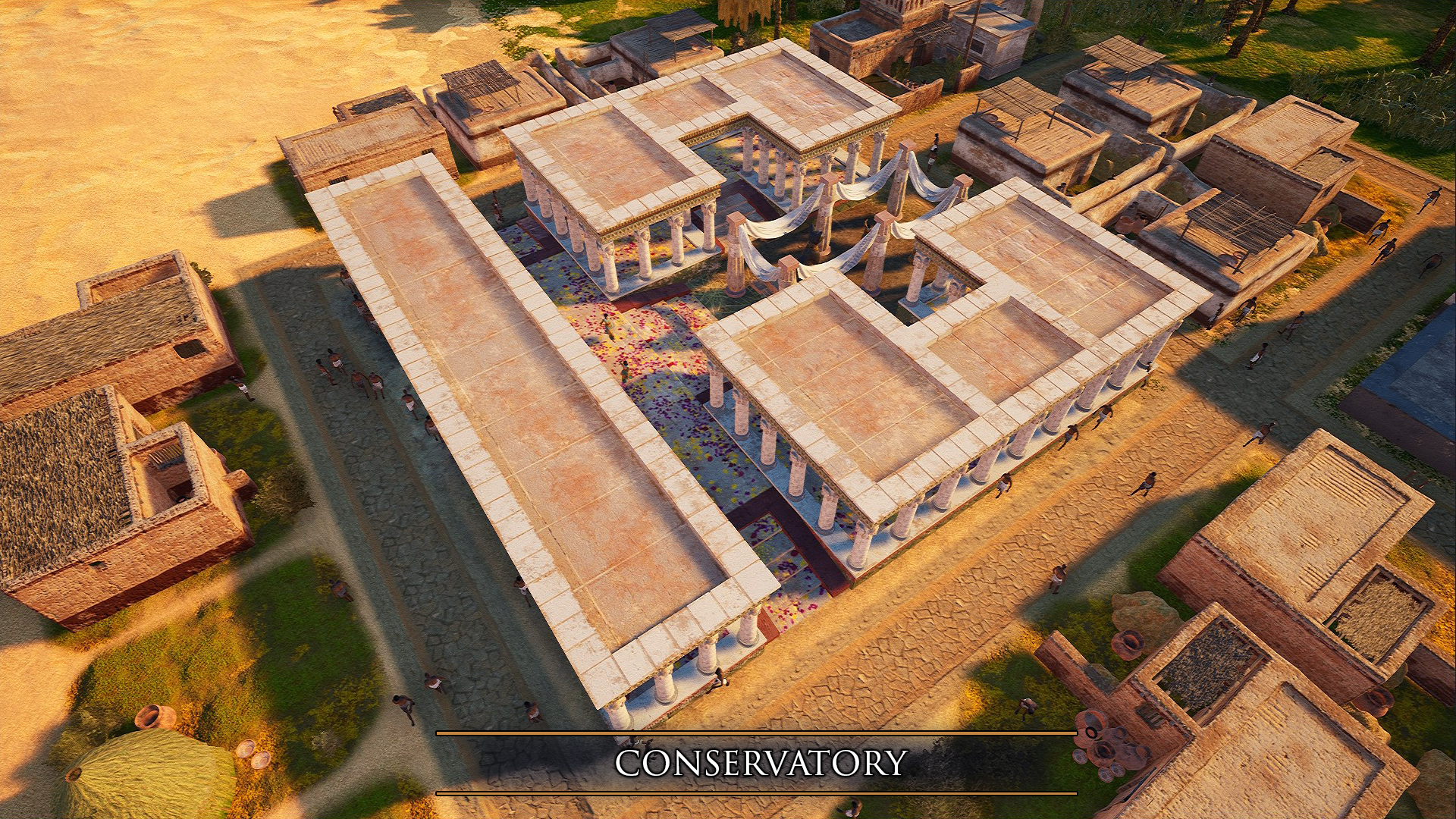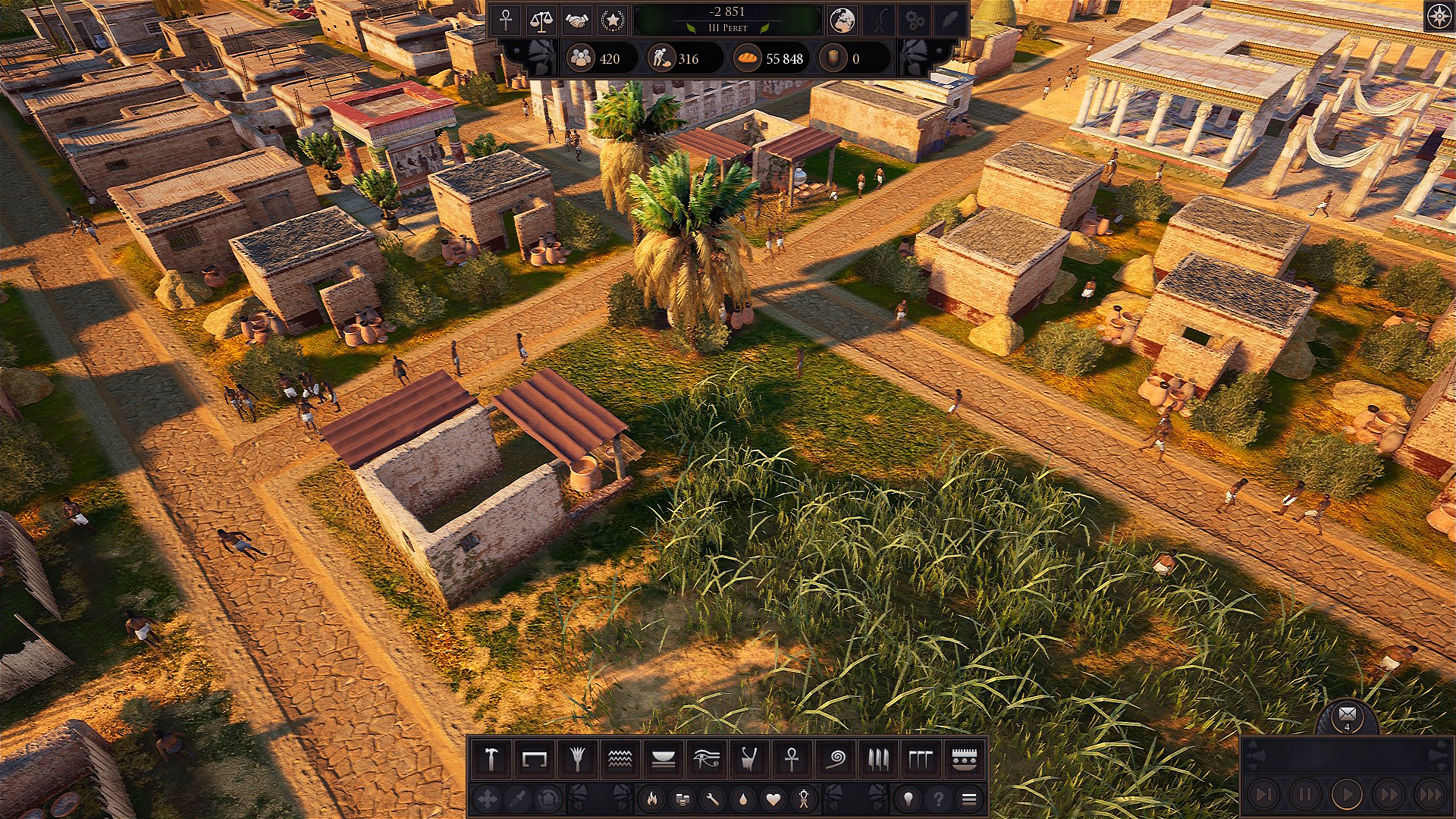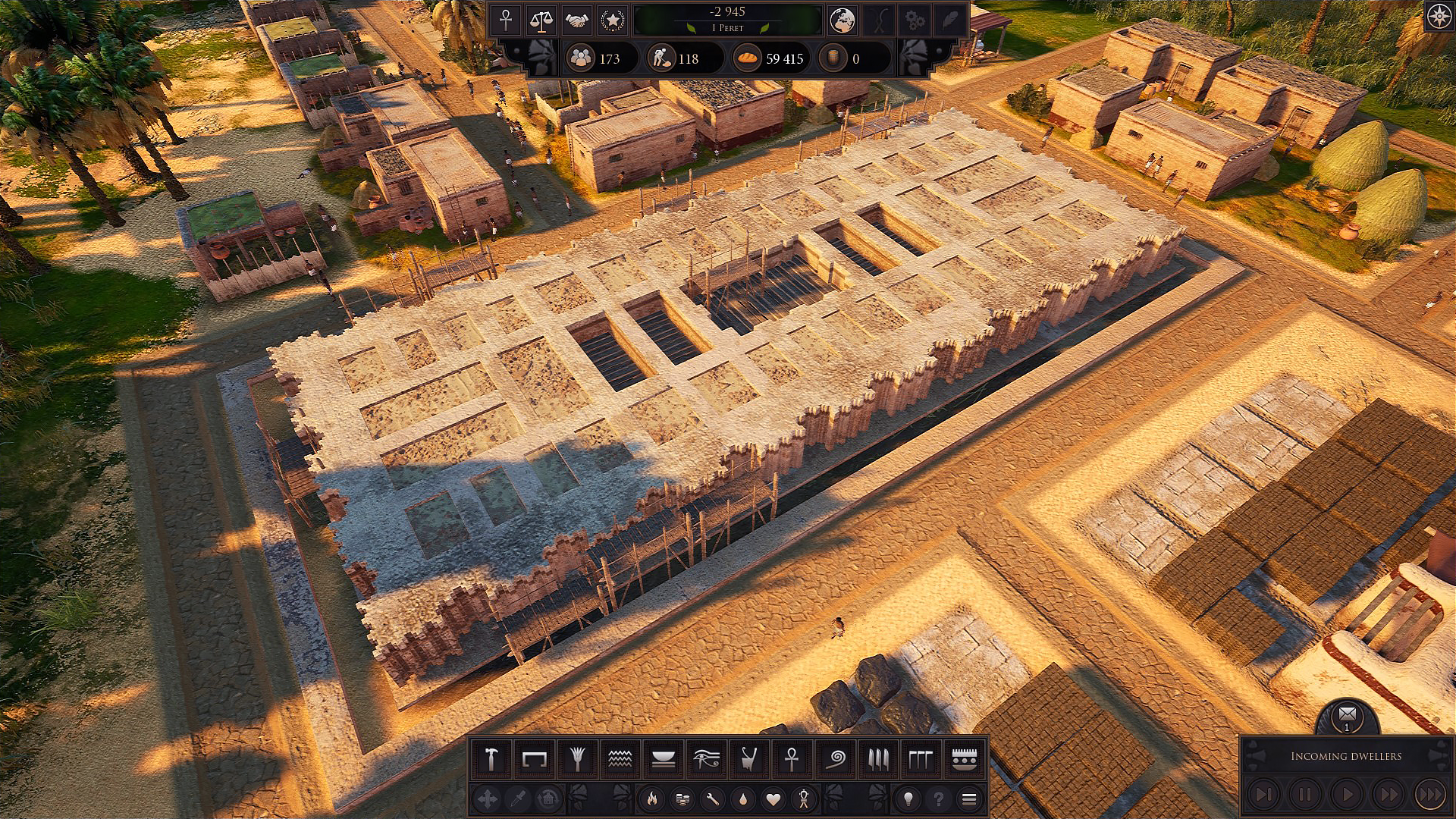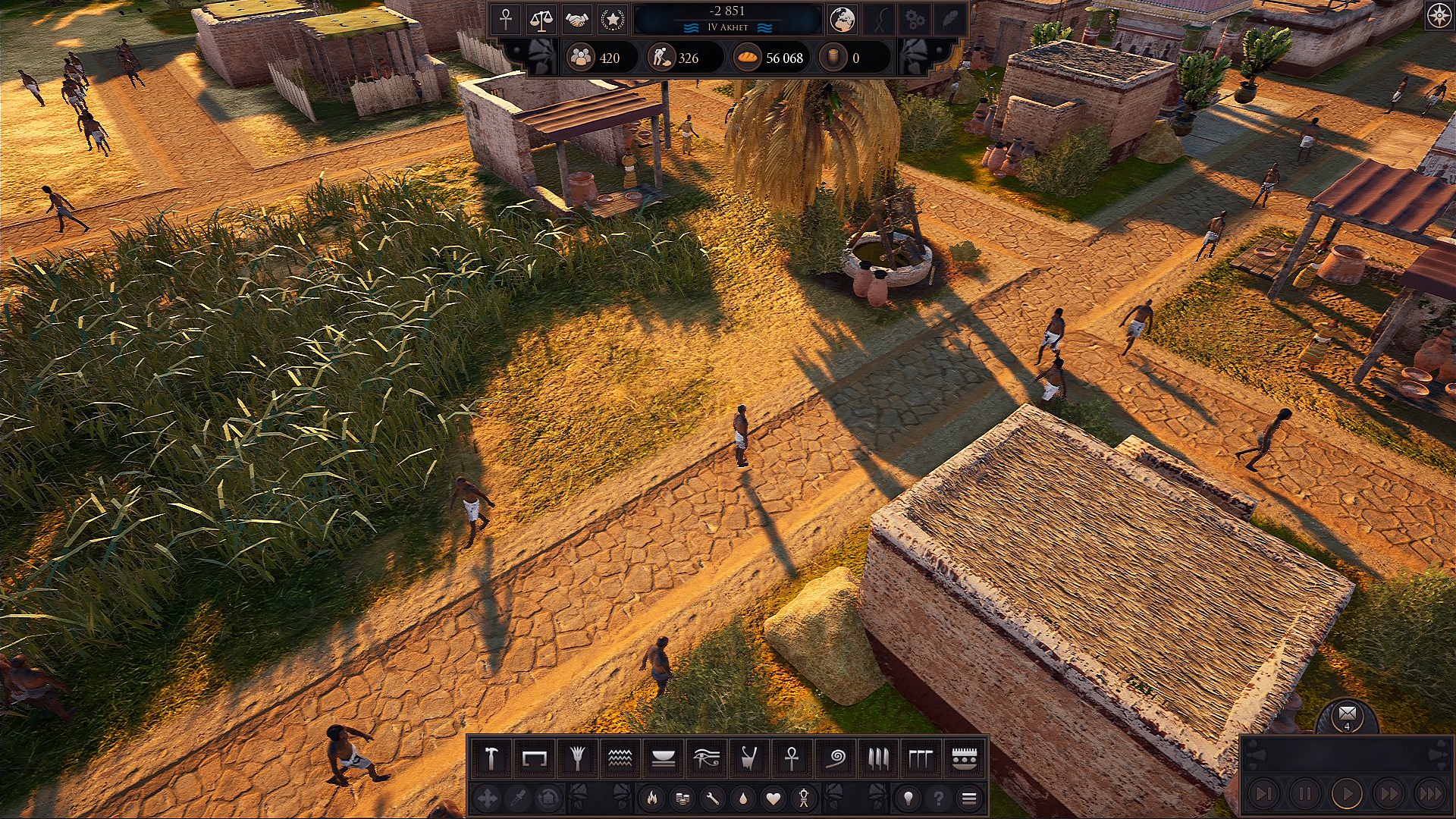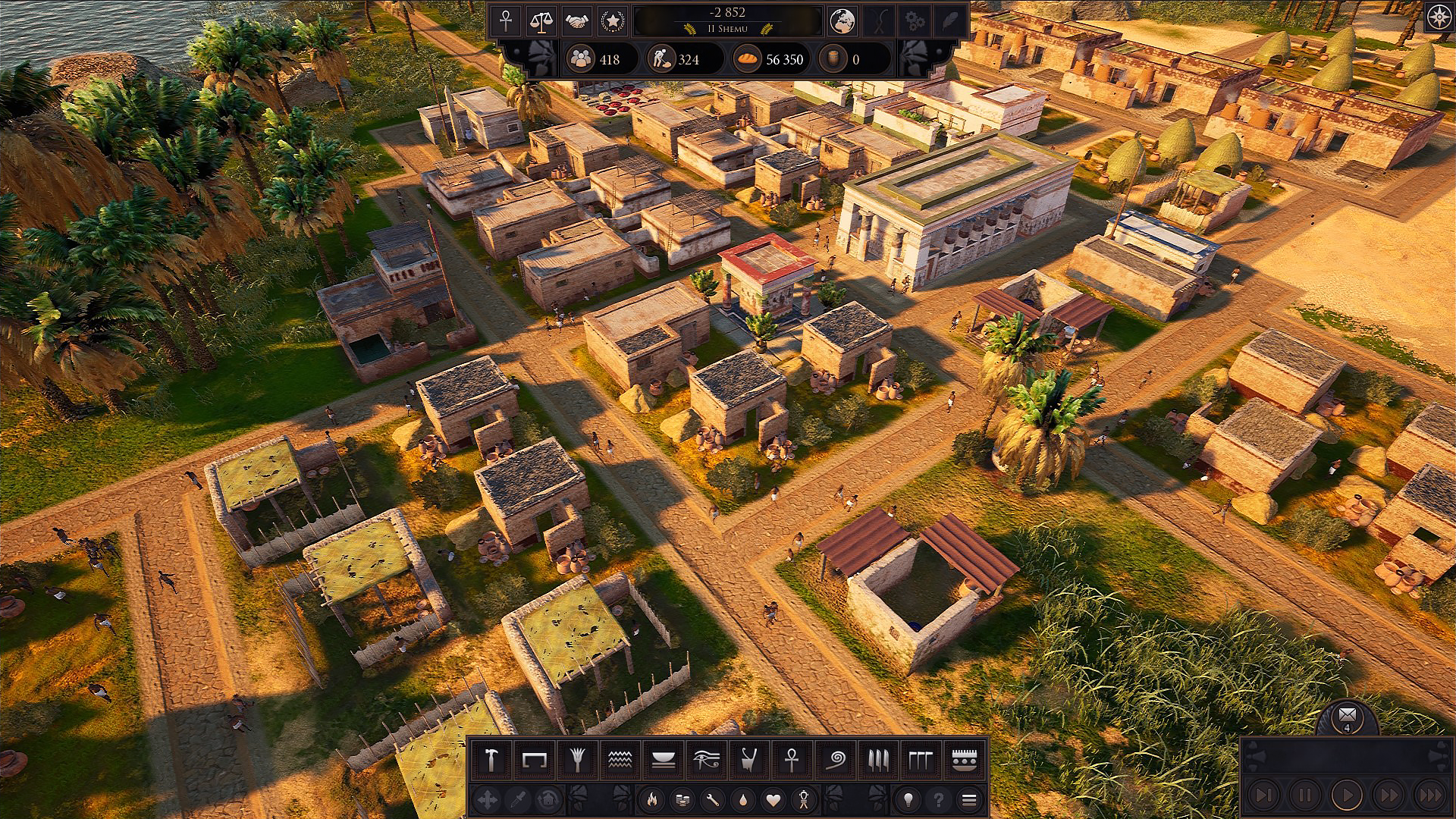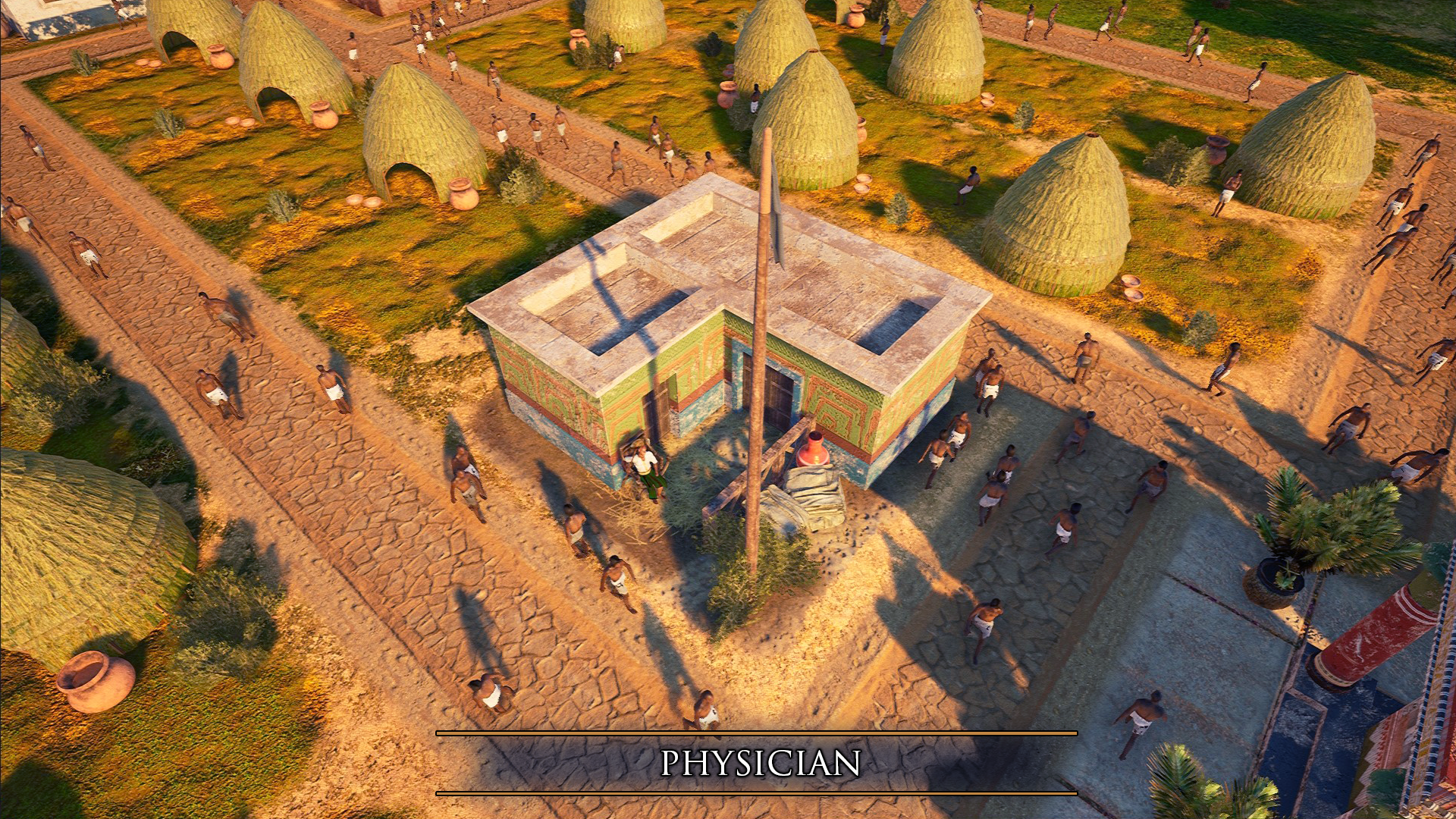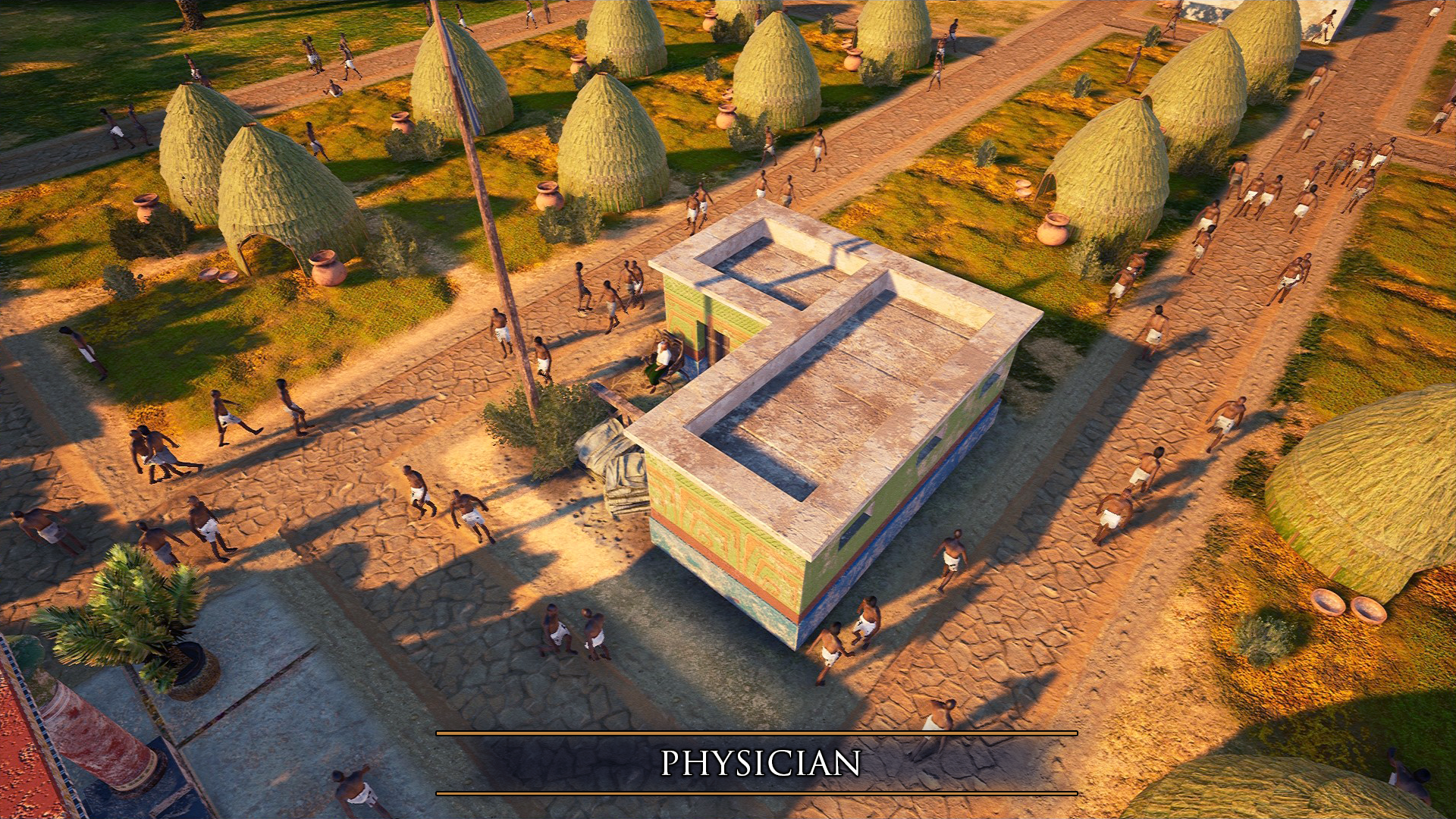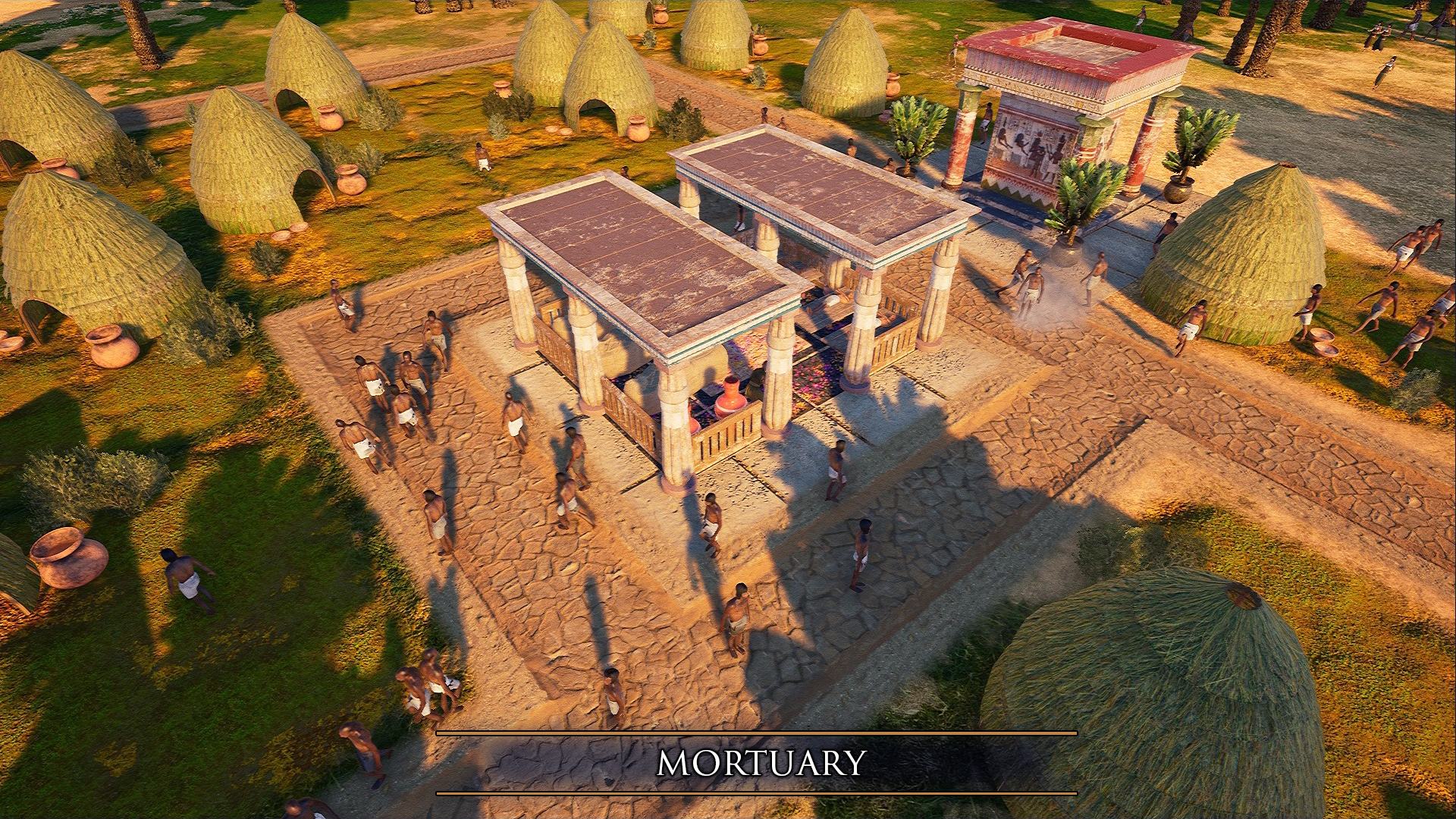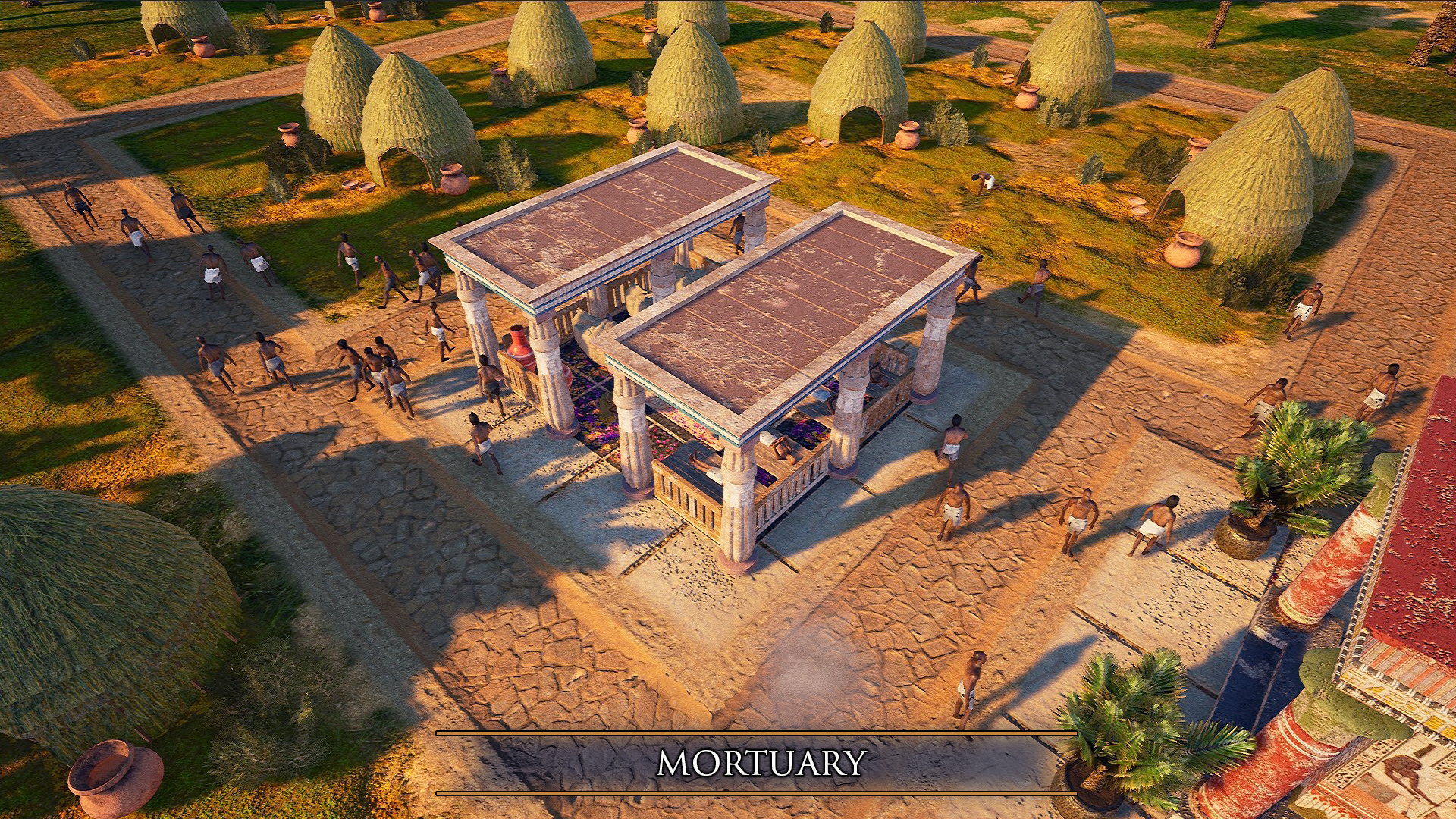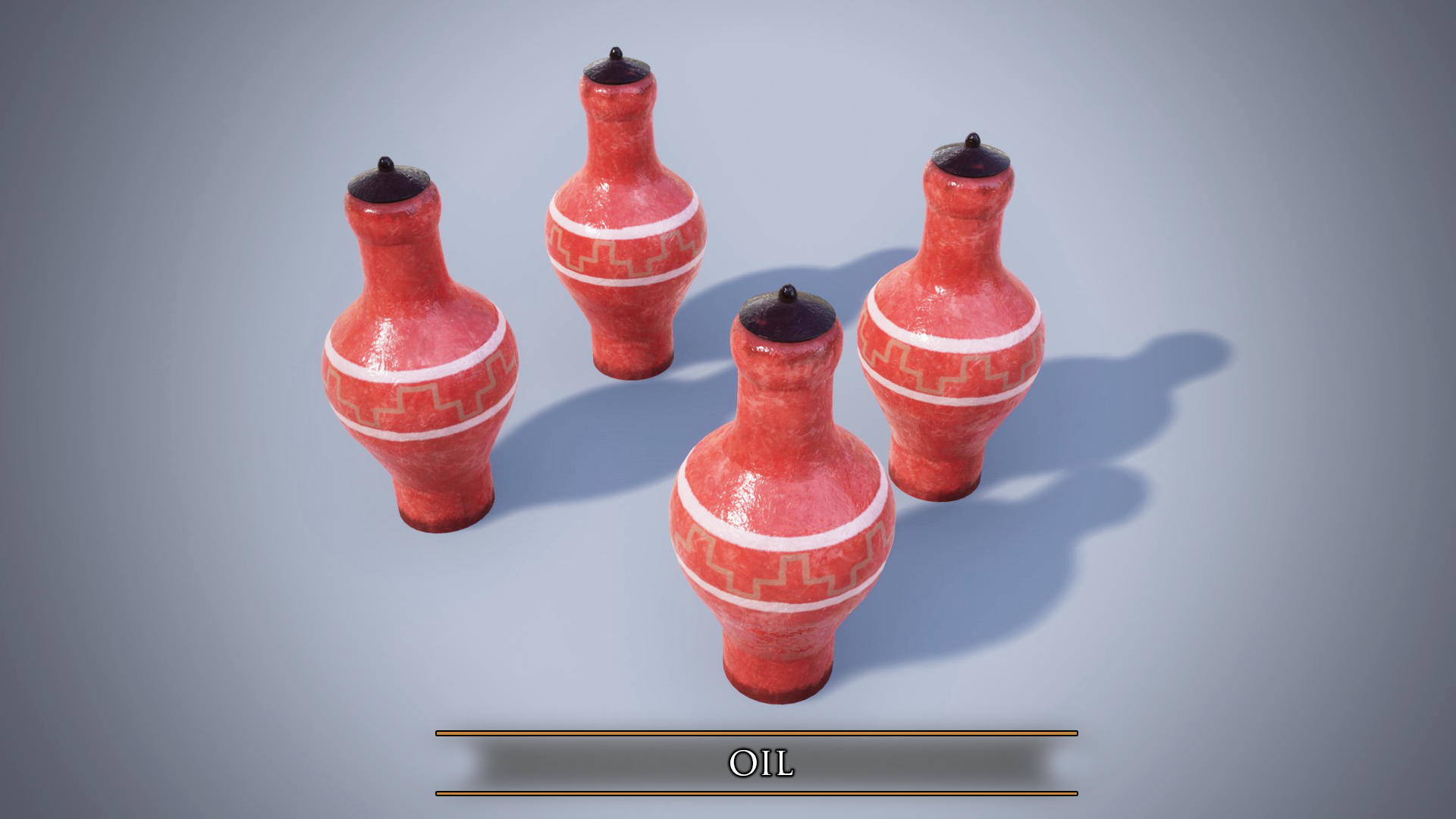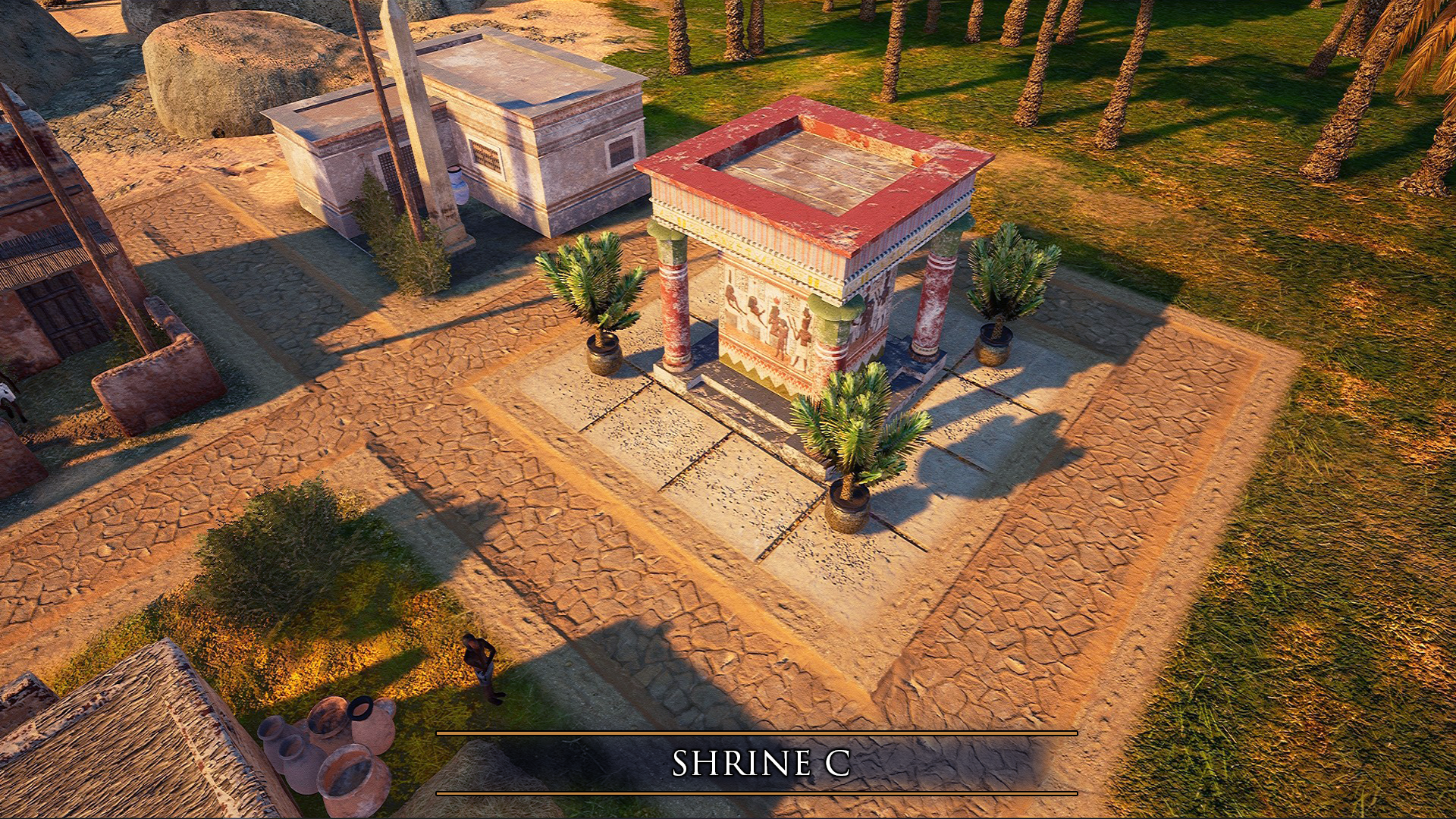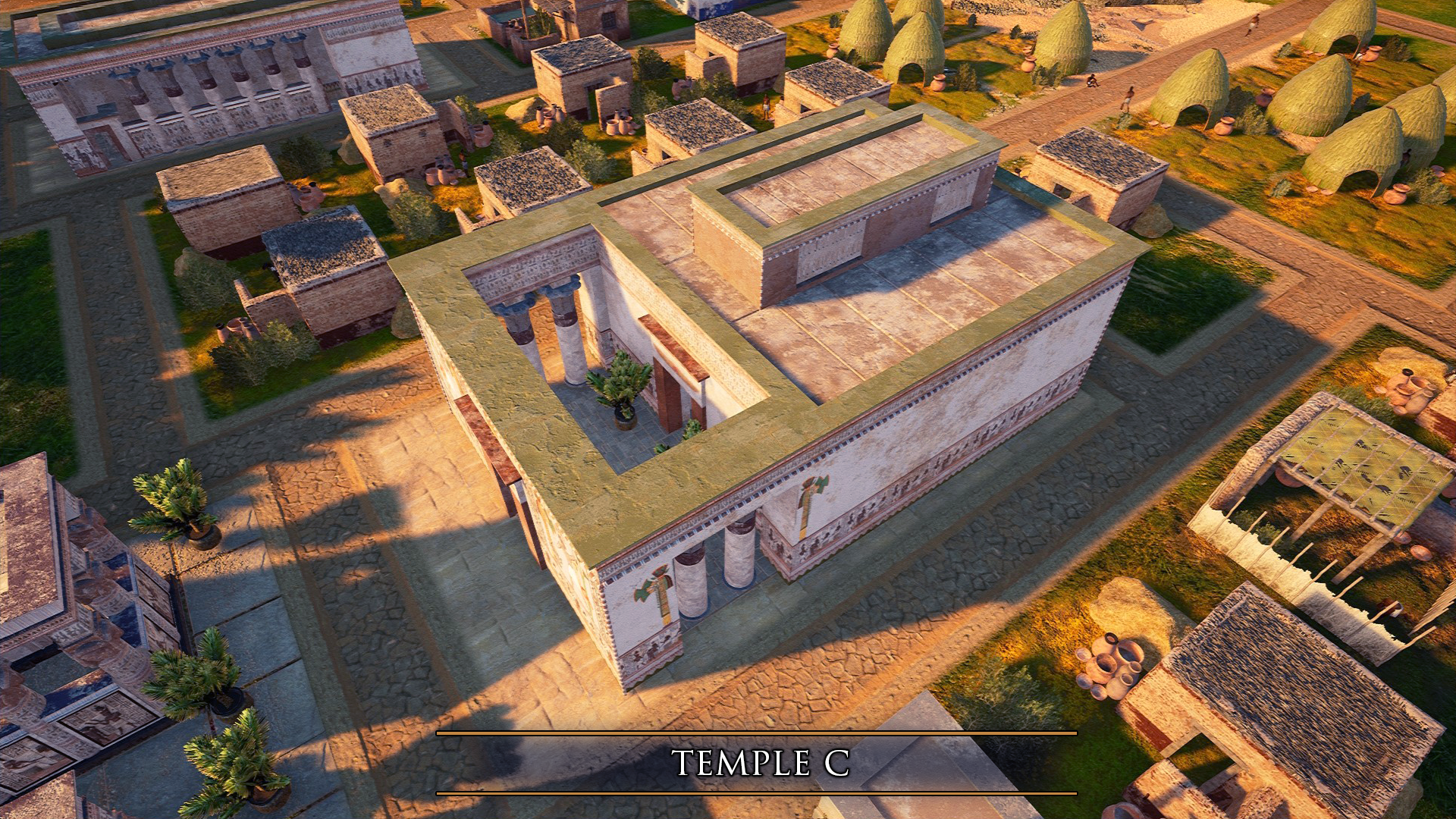
Feb 18, 2022
Builders of Egypt - eien no shikaku 永遠の刺客
The latest news from Ancient Egypt!

Dear All,
Welcome to our weekly Devblog!
In today's blog, we're going to talk about the history of the Pharaoh's army.
During the Old Kingdom, Egypt did not have a large, organized army. There was only a small group of standing troops which were replenished as necessary. The main task of the soldiers was to provide protection for trade expeditions and expeditions heading out into the desert to obtain resources. The geographic location guaranteed the Egyptians relative peace. Nomadic tribes that happened to attack a powerful neighbor from time to time did not pose a threat, because their civilization development was on a much lower level than the Egyptians one. The daily army consisted of the palace guards, crews of ships going to Syria, and construction supervisors. Additional recruits were enlisted when needed, i.e. when the state was attacked from outside or a war campaign was planned. The lack of an organized, numerous army was associated with the lack of officer cadre which was typical for the Old Kingdom Period. Command posts were given to officials when necessary. The organization of the army itself was substandard. The main criterion for its division was the origin of the soldiers (e.g. the Nubian unit) and not the number of units.
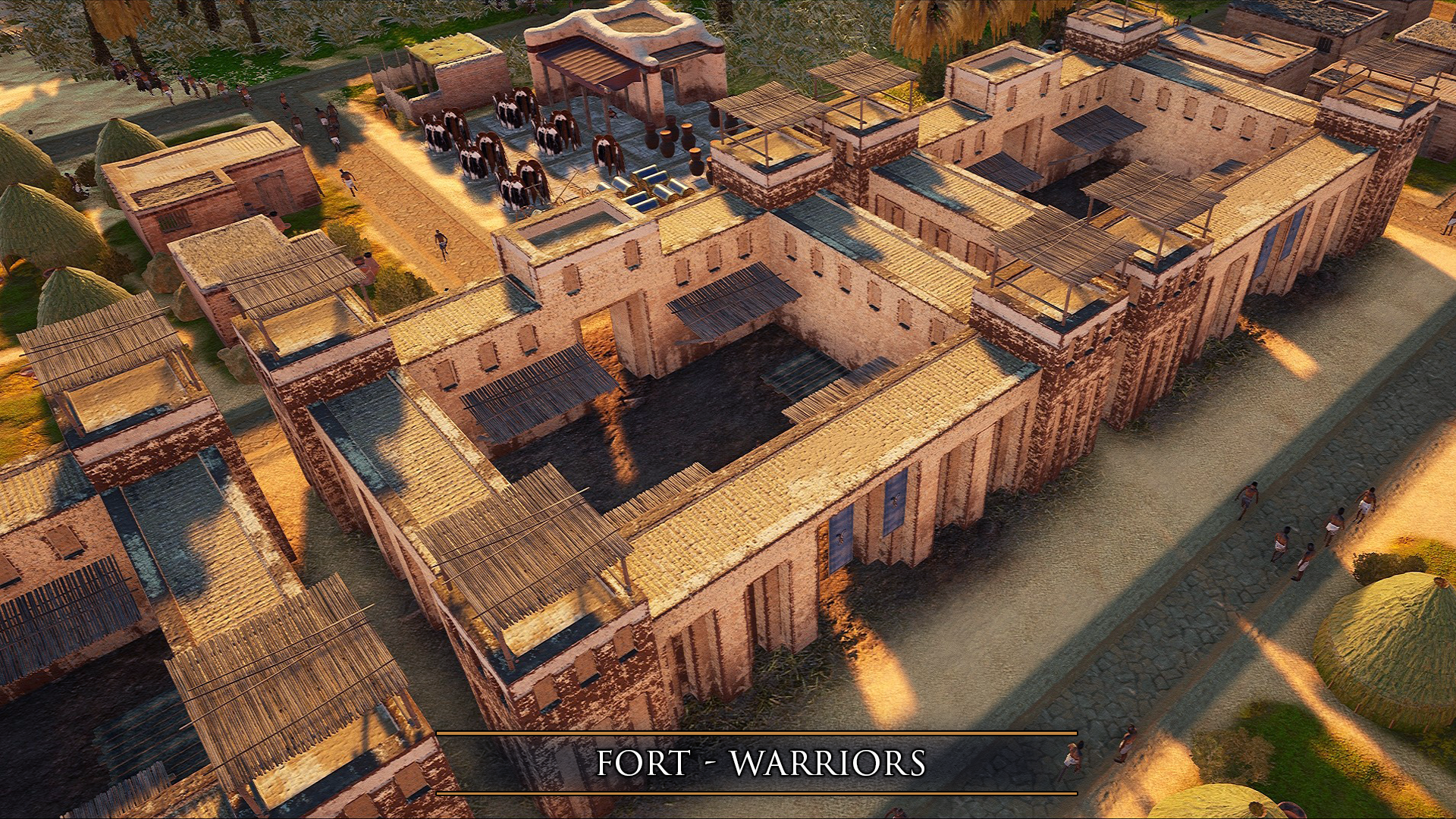
In the First Interim Period, the structure of the army began to transform. Military units belonging to individual nomes were established. Garrisons to protect the borders were permanently stationed in fortresses on the outskirts of the country. The military hierarchy began to crystallize, initially consisting of only four ranks. As a result, the role of magnates, who were often commanders, increased. The emergence of local troops combined with the decentralization of power meant that not only the most important supporters of the king, but even provincial magnates became powerful and dangerous. Each nome had its own army, commanded by its nomarch. In Asyut (the capital of the Thirteenth Nome of Upper Egypt), in the tomb of one of the nomarchs, wooden models were found showing soldiers armed with spears (Egyptians) and with bows (Nubians), marching in fours, with equal steps.
During the Middle Kingdom, there was a need for greater control and subordination of the areas of Nubia. The ad hoc formed groups of troops ceased to fulfill their task. The creation of a professional, permanent, and the much larger army has become a requisite. It was not enough that the soldiers intervened, when necessary, it was imperative to place permanent units in fortresses in the conquered territories. The army scattered around the individual nomes was again subordinated to the central royal authority. Although the army still retained the basic division into infantry and the fleet that was mainly responsible for transporting to Punt, its internal structure had developed considerably. The military hierarchy gained further ranks. Every aspect of military activity acquired its supervisor - someone else was responsible for logistics, someone else was in charge, etc. The conscription was carried out by scribes who selected young people for the services.
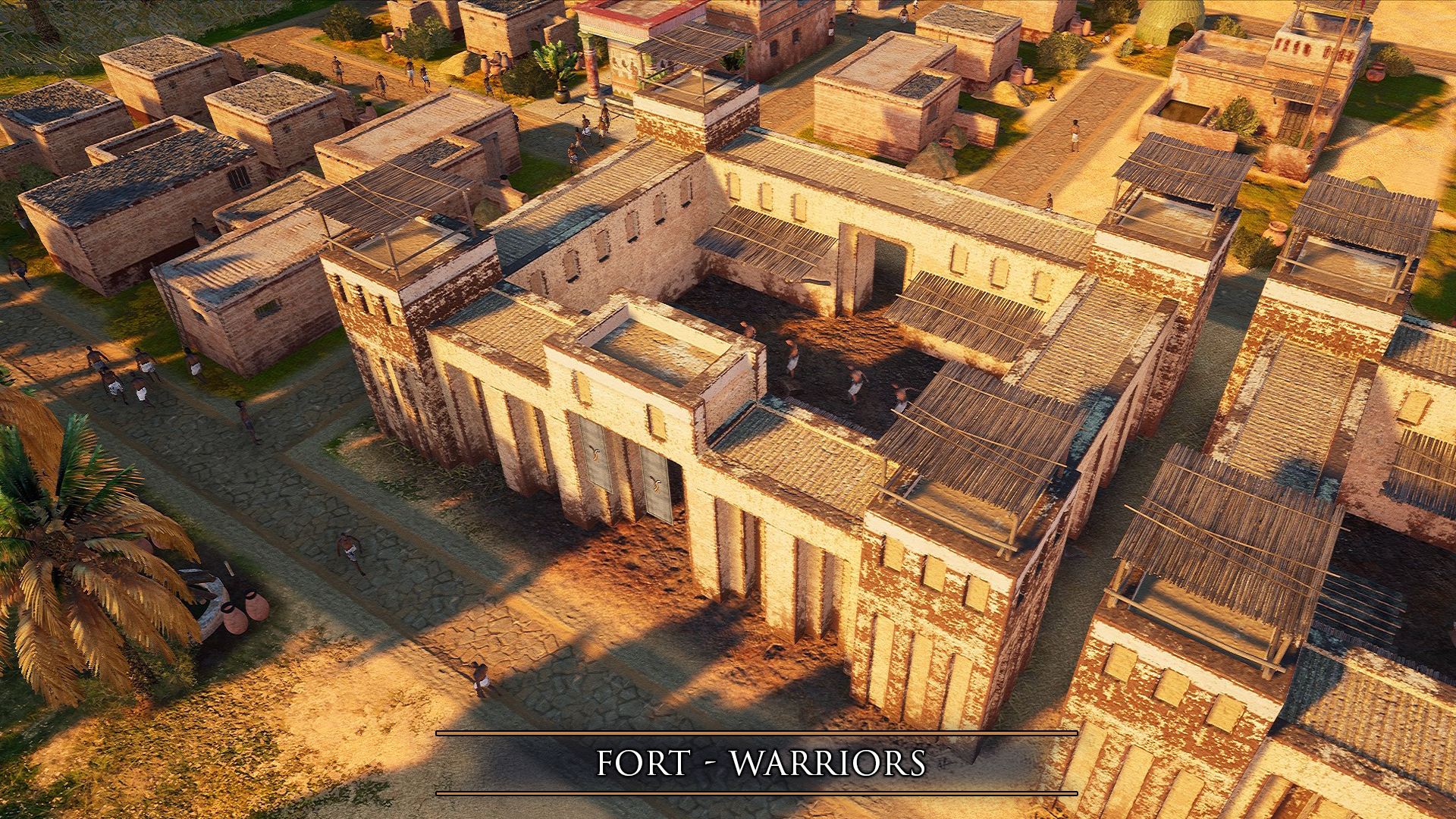
Successive pharaohs of the New Kingdom have improved the Egyptian army further. Seti I introduced the division into three corps - Amun, Ptah, and Re. Ramses II added a fourth corps - Set. Each of the gods patronizing the corps - Amon, Ptah, Re, or Set - was to protect and care for his soldiers. The king himself was the chief commander of the troops. Behind him in the hierarchy stood the vizier, responsible for the recruitment, training, and maintenance of soldiers. He was the immediate superior of the great general, the direct head of the pharaoh's army, to whom he delegated most of his duties. The various military districts in the country were commanded by lieutenants. The royal commissioners were responsible for the units stationed abroad. The lowest in the hierarchy was a private soldier. The most numerous group in the Egyptian army were mercenaries and foreigners, mainly Nubians, Bedouins, and the inhabitants of Asia. In the country on the Nile also served many Libyans and representatives of the so-called Sea People. Apart from mercenaries, tempted by their wages, there were also prisoners of war in the Egyptian army, who could thus deserve their freedom. The mercenary units were most often commanded by representatives of their own ethnic group.
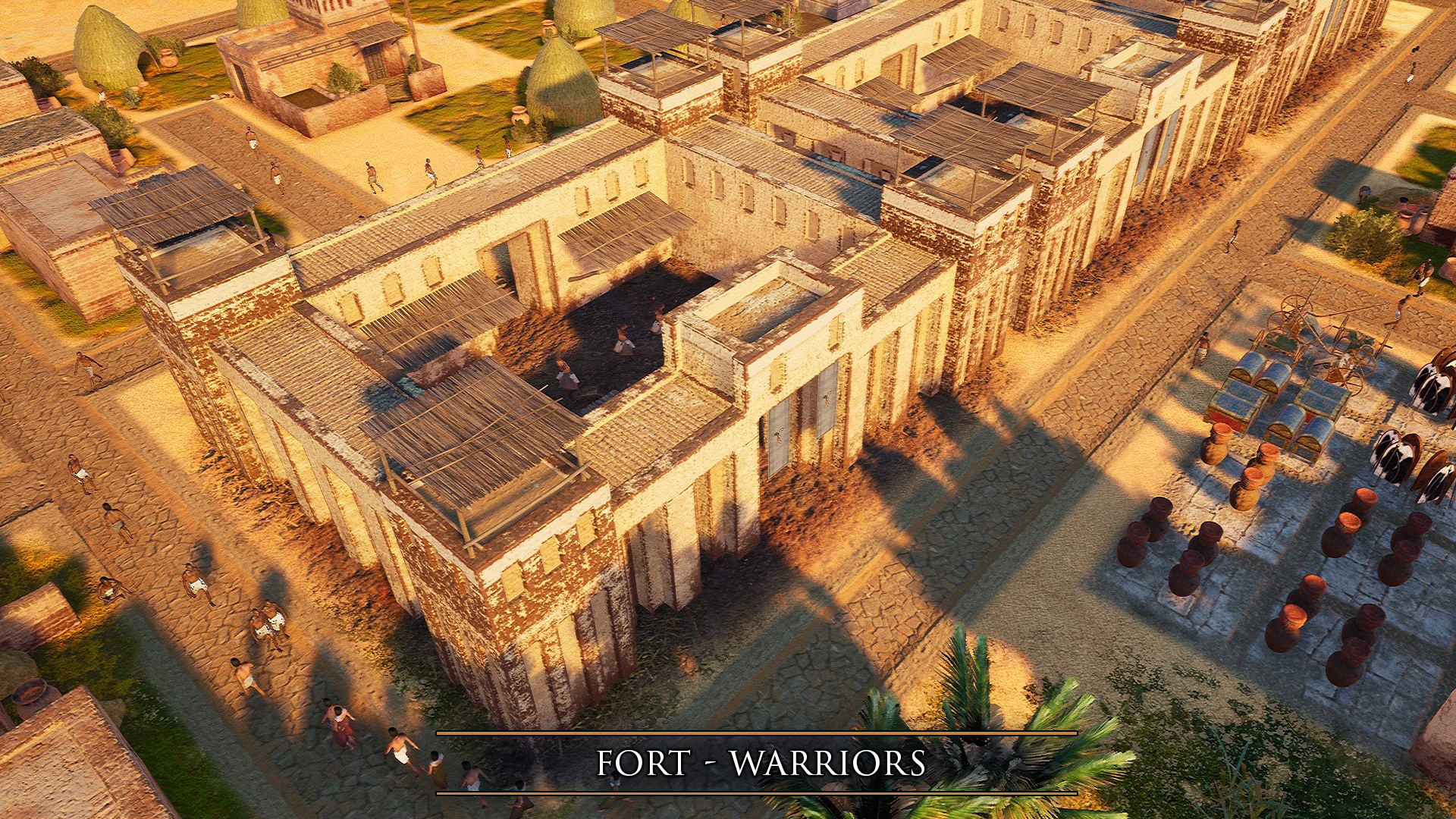
Hope you enjoyed our latest blog with a bit of historical context! Looking forward to your thoughts about today's introduction! Feel free to share them with us in the comments below, at Discord, or on Reddit!
Stay tuned and see you next week Egyptian Viziers and Nomarchs!
--- Your Team from Strategy Labs ---





